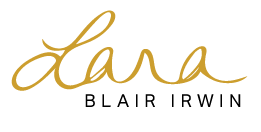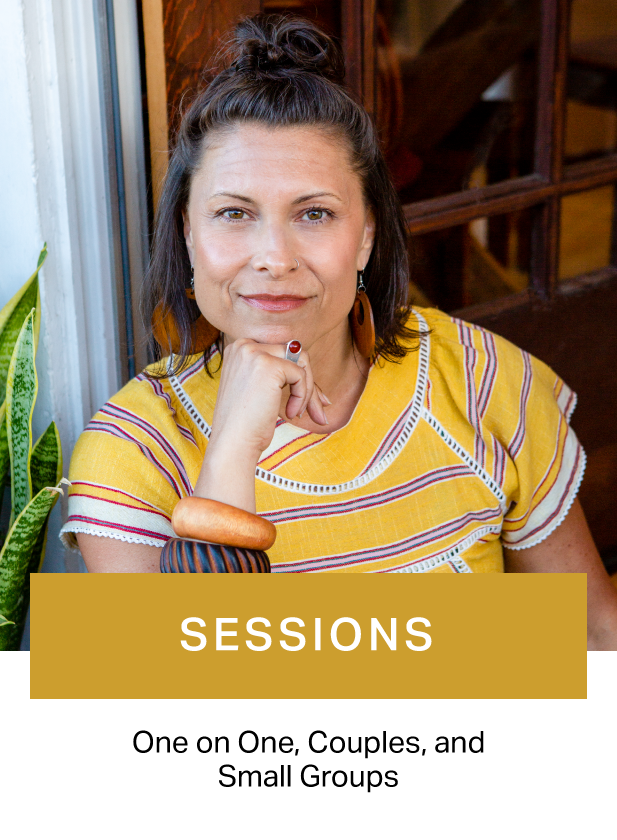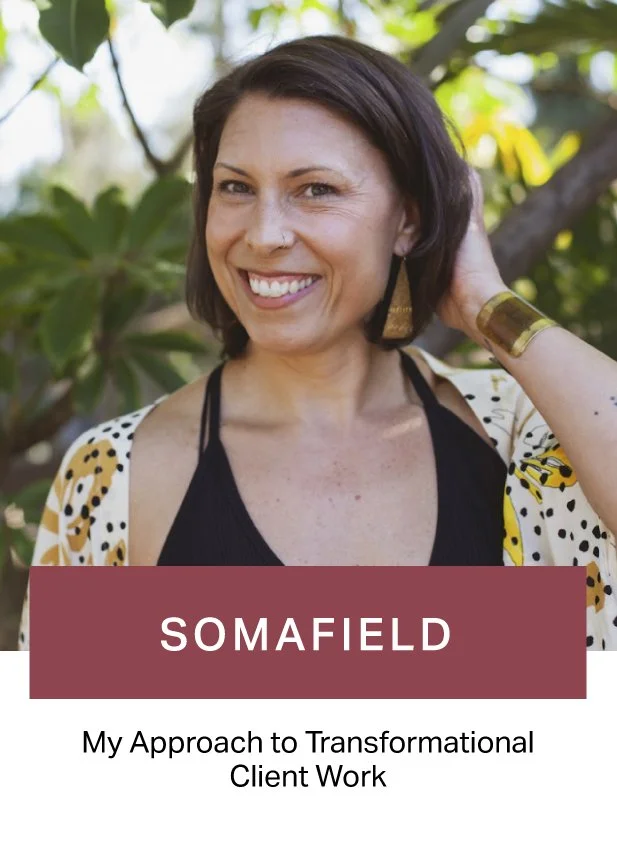What the Research Says
As I’ve been teaching you about SomaField, I’ve been banging the drum that says that the quality of your relationship with your client is the most important thing when it comes to good outcomes. We know this intuitively, too.
This is why SomaField is not another modality, but a deeply relational approach to transformational work that centers the energetic field between the two of you, nervous system literacy, attachment awareness, and other factors that help build the bond, like socio-cultural attunement.
Today I thought I’d share the specific research on this so you can see for yourself.
Key Research Highlights on the Power of Relationship
(Reach out if you want the references!)
Therapeutic Alliance Trumps Technique: A strong therapeutic alliance – marked by trust, empathy, and collaboration – consistently predicts better outcomes. Research shows that a good bond with your client is one of your most effective “interventions” and is more effective than the modality you use.
Modality Is Secondary: It might surprise you to learn that when bona fide therapies are compared, no approach reliably outperforms another for most problems. Any differences between treatment methods are usually very small. What seems to make the real difference is not the specific modality, but the human factors common to all effective therapies – like engagement, trust, and a shared therapeutic mission.
Empathy and Warmth Are Clinically Potent: Empirical studies confirm that therapists’ empathy has a large impact on outcomes – it’s more than just a nicety. Likewise, expressing genuine positive regard and affirmation toward clients fosters better progress. Clients thrive when they feel seen, heard, and valued. Our presence and warmth aren’t just icing on the cake; they are key ingredients in the cake itself.
Flexibility Beats Fidelity: Being overly rigid about using a technique by-the-book can actually hinder therapy. Studies find that strict adherence to a manual has little correlation with outcomes. In some cases, rigidity in technique even damages the alliance and increases client resistance. In contrast, being flexible and tailoring the treatment to the client – even if it means straying from the script – tends to yield better outcomes. This doesn’t mean we throw technique out the window, but it does mean relationship and responsiveness come first.
The Therapist as a Healing Factor: Research into therapist effects shows that some therapists consistently achieve better outcomes across their caseloads than others. What distinguishes them isn’t magic or a secret method – it’s often their ability to form strong alliances and instill hope. In one analysis, therapists who cultivated better alliances on average had better client outcomes, regardless of client characteristics. This suggests that who you are and how you connect is a central therapeutic instrument. It’s a reminder that our own ongoing growth (in self-awareness, empathy, cultural humility, etc.) directly benefits our clients.
Reflections for Your Practice
All this research highlights one simple, profound lesson: the relational field is the foundation of healing. I call it SomaField because it’s the field of the body (soma) and the relationship. Techniques and theories are essential tools, but they work in service of the relationship. So as you plan your next session or polish your skills, consider asking yourself:
Am I truly attuned to my client, right here and now?
How safe and understood does my client feel?
Am I being flexible to what the client needs?
How am I taking care of the relationship (and myself)?
In my own practice, I’ve learned that when in doubt, slow down and connect. Early in my career I often worried about “doing therapy right.” Now I know that if I can create a reliable relational container, the rest tends to unfold. Clients will reveal what needs healing when they feel safe. The techniques flow more naturally once the therapeutic bond is solid. Paradoxically, by doing less and listening more, we end up facilitating even greater change.
The famed psychologist Carl Rogers put it beautifully decades ago: “In my early professional years I was asking the question: How can I treat, or cure, or change this person? Now I would phrase the question in this way: How can I provide a relationship which this person may use for their own growth?” The evidence bears out this wisdom. Our relational way of being is the medicine.
Thank you for reading and for the healing relationships you cultivate. In a field crowded with techniques and theories, never underestimate the power of your genuine presence. It is often what matters most in the end.




